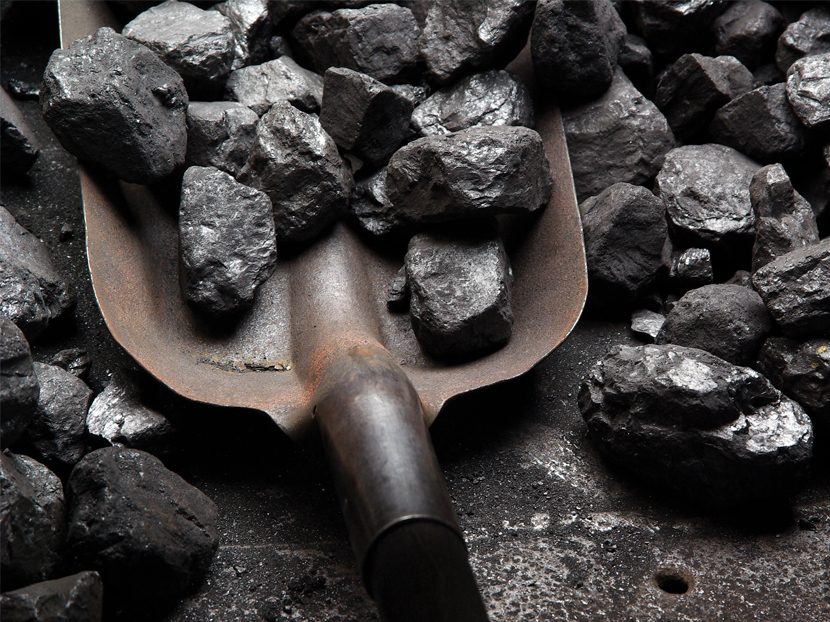Coal Power Unlikely to Make a Comeback
Even with the Trump administration’s rollback of the Clean Power Plan, natural gas and renewable energy seem to be the fuels of the day.

In the ranks of economic unpopularity, coal power has headed the energy list for some time. While climatological policy innovations have demonized coal for some time — and called for its eradication — the propaganda has found increasing support among the American public as a whole recently.
With the emotional negativity of coal’s impact on the atmosphere an easy sell, coal’s survival has depended primarily on the state of West Virginia, whose economy would be destroyed without its coal production. This is also true of several other states, but not to the overwhelming extent on which West Virginia, as a whole, depends on it.
But outside of the emotional and economic dependence that coal’s production satisfies, its partisans have developed a poor job of “selling” the outstanding power generation that only coal commands satisfactorily. Most populous nations such as China and India are primarily dependent on coal for their fast-pace manufacturing capability, which is almost totally supplied from abroad, especially the United States.
Coal power, once dominant in the United States for energy development, has declined sharply in recent years. It hit its sharpest decline in 40 years in 2019, with no indication of improvement, especially since exports have also suffered. The U.S. Energy Information Administration reports that more than 100 coal-fired plants have been replaced or converted to natural gas since 2011.
The organization America’s Power, which advocates for coal-powered electricity and a coal fleet, notes that even the COVID-19 pandemic has hurt. Coal-fired power fell unusually fast in the Mid-Atlantic and Midwest power markets, on which much coal-fired power has depended. The EIA projects that for the rest of 2020, renewable energy will be more utilized than coal for the first time.
Even politically, coal seems to have little support, except for a base of Republican senators and a desperate plea from West Virginia, which fears economic inflation.
In the forthcoming presidential confrontation, the Democrat nominee Joe Biden — and former vice president under President Barack Obama — has indicated no interest in the further use of coal, if elected. The aim of the Obama administration’s Clean Power Plan was energy conservation by reducing emissions from coal-burning power plants and increasing the use of renewable energy. The coal industry saw a loss of 456 coal-fired power plants, 6,000 coal miners and other coal-related jobs.
Although President Donald Trump is somewhat sympathetic to coal’s future, even if lessened, he has chosen not to actively confront coal-haters on this issue. This once-dominant power source will find itself reversing to near elimination.
Congress, Federal Reserve Spur Economic Rebound
The incredible economic performance of America’s comeback in the face of a disastrous coronavirus bombshell was due to a rare congressional unity and a heroic Federal Reserve.
Both major planks of America’s world-leading economic power showed amazing unification in creating the financial reversal necessary in a crisis, but rarely seen in our bickering past in these organizations. Between March and April 2020, four bills were enacted that totaled $2.5 trillion, according to the Congressional Budget Office. They provided aid to businesses and individuals alike while granting the authority to the Federal Reserve to secure loans for struggling companies.
It seems to have produced a “comeback launch pad” for the economy, which is bouncing back faster than expected.
As early as May, the unemployment rate dropped to 13.5 percent, while 2.5 million jobs were added to the payroll. Retail sales have also surprised, with the U.S. Census Bureau reporting an increase in revenue of near 20 percent in May; this had been hardly expected to exceed 5 percent.
Further economic improvements during 2020 will largely depend on how hard a second wave of COVID-19 will impact the nation. Much of the early economic comeback is attributed to the CARES Act, enacted in March and provided $1.7 million in aid. What is particularly incredible about this rebound series is that it has come so quickly and forcefully.
While previous presidencies demanded a quid-pro-quo to reduce debt further, President Trump is justifiably “ignoring” the debt at this time. Even a deficit approaching $25 trillion or beyond must only pay a low-rate interest rate to investors to continue its viability. Trump’s presidential election competition, Joe Biden, has strongly criticized this debt growth. He promises cancellation of most of President Trump’s tax cuts, while the debt is further expanding.





